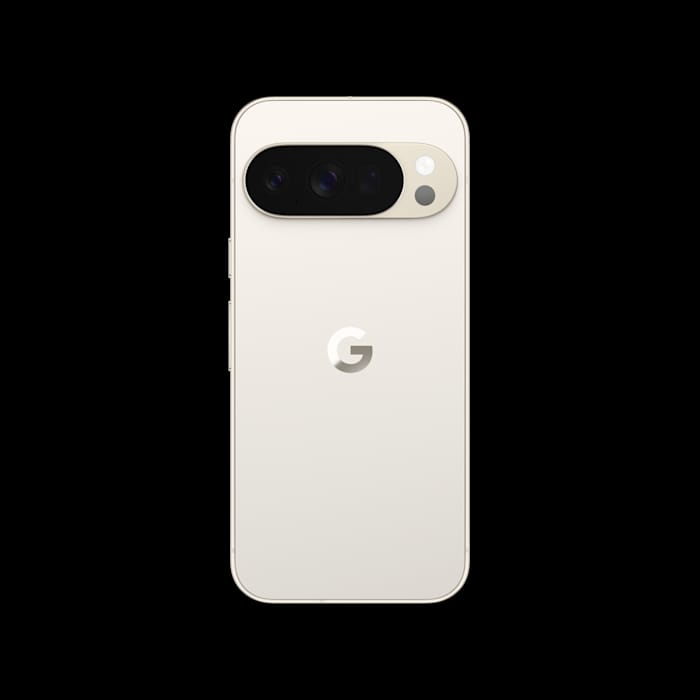Share this @internewscast.com

On Wednesday, Google revealed its latest batch of Pixel smartphones, which incorporate even more artificial intelligence aimed at tasks like retrieving important data and refining photos while capturing them.
This expansion of AI capabilities in the four Pixel 10 models furthers Google’s initiative to integrate a technology that is increasingly reshaping our daily lives. Simultaneously, Google is taking the opportunity to highlight a shortcoming of Apple’s iPhone.
So far, Apple has only managed to add a handful of rudimentary AI functions to the iPhone, falling short of last year’s pledge to provide a more natural and capable version of its frequently flawed virtual assistant, Siri.
Although Google hasn’t named the iPhone explicitly, the company has been poking fun at Apple’s oversights in online promotions for its new Pixel models, emphasizing that these AI-enhanced phones won’t require users to wait another year to see in action.
In contrast, Google has been progressively expanding AI features in its Pixel phones since starting this initiative in 2023, and this year’s models boost those capabilities even further.
With a more advanced processor, Google is debuting an AI tool called “Magic Cue” on the Pixel 10 phones. This feature acts like a digital assistant, quickly pulling up stored information at precisely the right moment. For example, if a Pixel 10 user is contacting an airline, Magic Cue should automatically identify the number and bring up relevant flight details from Gmail or Google Calendar.
The Pixel 10 phones will also come with a preview feature of a new AI tool called “Camera Coach” that will automatically suggest the best framing and lighting angle as the lens is being aimed at a subject. Camera Coach will also recommend the best lens mode to use for an optimal picture.
The premium models — Pixel 10 Pro and Pixel 10 Pro XL — will also include a “Super Res” option that deploys a grab bag of software and AI tricks to zoom up to 100 times the resolution to capture the details of objects located miles away from the camera. The AI wizardry could happen without users even realizing it’s happening, making it even more difficult to know whether an image captured in a photo reflects how things really looked at the time a picture was taken or was modified by technology.
Google is also offering a free one-year subscription to its AI Pro plan to anyone who buys the more expensive Pixel 10 Pro or Pixel 10 Pro XL models in hopes of hooking more people on the Gemini toolkit it has assembled to compete against OpenAI’s ChatGPT.
The prices on all four Pixel 10 models will remain unchanged from last year’s Pixel 9 generation, with the basic starting at $800 and the Pro selling for $1,000, the Pro XL at $1,200 and a foldable version at $1,800. All the Pixel 10s expect the foldable model will be in stores on August 28. The Pixel 10 Pro Fold will be available starting October 9.
Although the Pixel smartphone remains a Lilliputian next to the Gulliverian stature of the iPhone and Samsung’s Galaxy models, Google’s ongoing advances in AI while holding the line on its marquee devices raise the competitive stakes.
“In the age of AI, it is a true laboratory of innovation,” Forrester Research analyst Thomas Husson said of the Pixel.
Apple, in particular, will be facing more pressure than usual when it introduces the next-generation iPhone next month. Although the company has already said the smarter Siri won’t be ready until next year at the earliest, Apple will still be expected to show some progress in AI to demonstrate the iPhone is adapting to technology’s AI evolution rather than tilting toward gradual obsolescence. Clinging to a once-successful formula eventually sank the BlackBerry and its physical keyboard when the iPhone and its touch screen came along nearly 20 years ago.
Apple’s pricing of the next iPhone will also be under the spotlight, given that the devices are made in China and India — two of the prime targets in President Donald Trump’s trade war.
But Apple appeared to gain a reprieve from Trump’s most onerous threats earlier this month by adding another $100 billion on top of an earlier $500 billion investment pledge to the U.S. The tariff relief may enable Apple to minimize or even avoid price increases for the iPhone, just as Google has done with the Pixel 10 models.
Copyright 2025 The Associated Press. All rights reserved. This material may not be published, broadcast, rewritten or redistributed without permission.












